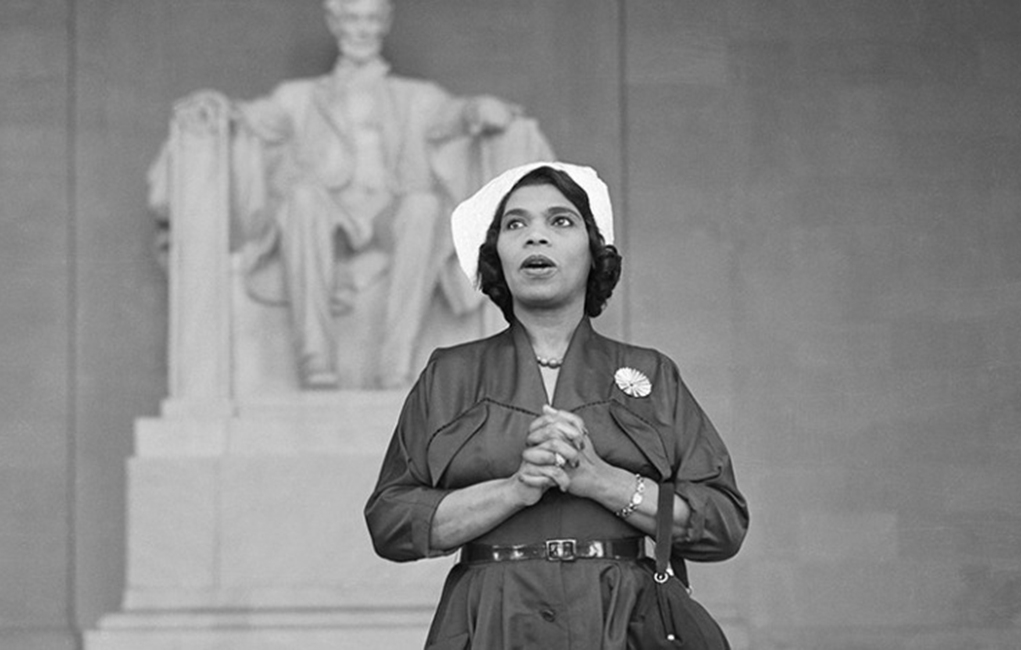
Conductor Arturo Toscanini dubbed her a once-in-a-hundred years talent, and yet music schools in her home town of Philadelphia would not entertain her as a student, and she did not find true fame until she left Jim Crow America behind and went to Europe.
Even at the height of her fame, African-American contralto singer Marian Anderson encountered barriers erected solely because of the color of her skin. And yet, she kept pursuing her love, with the support of her church and community, a launch to fame via an adoring European audience, and her refusal to bow down to American segregationist policies.
An exhibition at the Smithsonian’s National Portrait Gallery traces the trajectory of Anderson’s life, from young ingenue to European concert hall star to civil rights pioneer to cultural icon.





